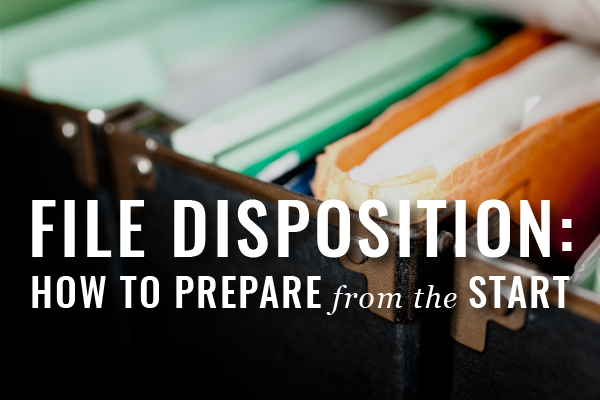One of the more common issues that professionals struggle with is the all-too-common procrastination. Procrastination, just like salsa, can be mild (putting off a simple task that you eventually complete within a few days), intense (developing a pattern of avoiding certain activities or tasks that one day lead to serious consequences), and everything in between. However, unlike salsa, there is no mango version of procrastination.
Simply put, procrastination is avoidance. We avoid things that make us uncomfortable. We avoid things that we fear. And the more you avoid something, the harder it is to confront. It’s like that email you got from an old friend that you were meaning to reply to. At first you put it off because you weren’t sure what to say (avoidance), then maybe you forgot about it, then you remembered that you hadn’t responded, you then felt bad, and then continued to avoid responding because it was now more uncomfortable because you still don’t know what to say AND you feel bad about it.


